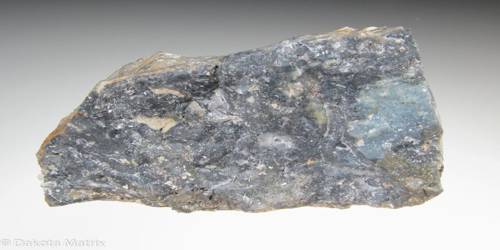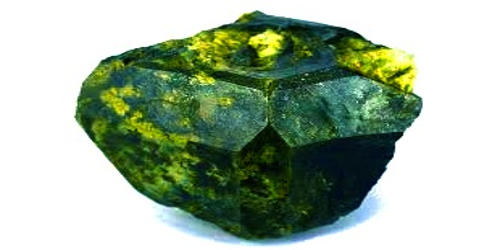Avicennite (thallium(III) oxide) is an oxide mineral. It is an isometric-diploidal grayish black mineral containing oxygen and thallium. It is not radioactive. It was discovered around the Dzhuzumli village, Samarqand, Uzbekistan. It is named after Avicenna, a Persian doctor, and polymath.
General Information
- Category: Mineral
- Formula: Tl2O3
- Crystal system: Cubic
- Crystal class: Diploidal (m3)
- Hardness: 1½ – 2½ on Mohs scale.

Properties
- Color: Grayish black with brownish black tint
- Mohs scale hardness: 1,5 to 2,5
- Lustre: Metallic
- Transparency: Opaque
- Streak: Greyish black, black with a brownish tint
- Tenacity: Very brittle
- Fracture: Irregular/Uneven, Hackly, Conchoidal
- Density: 8.9 g/cm3 (Measured) and 34 g/cm3 (Calculated)
Occurrence
In the weathered zone of a hematite-calcite vein cutting banded marmorized and silicified limestones near a granite-gneiss contact (near Dzhuzumli, Tajikistan); formed by oxidation of carlinite in carbonaceous gold ores in silicified limestones and quartz (Carlin mine, Nevada, USA).
Name: For the medieval Uzbek (Persian) scholar and physician, Abu ‘Alı al-Husayn ibn ‘Abd Allah ibn Sına (Avicenna) (930–1037), who lived in Bukhara, Tajikistan.
Information Source:
















